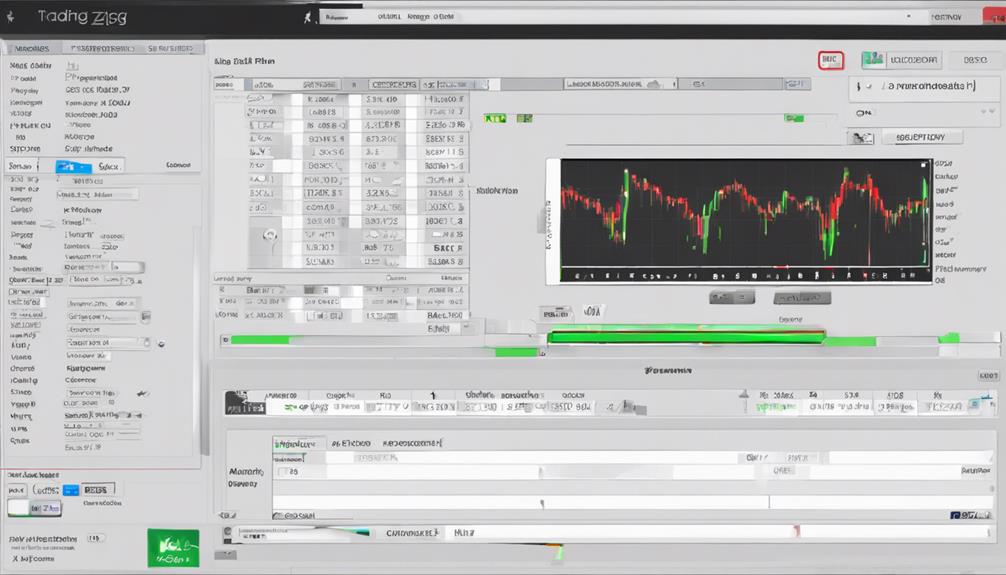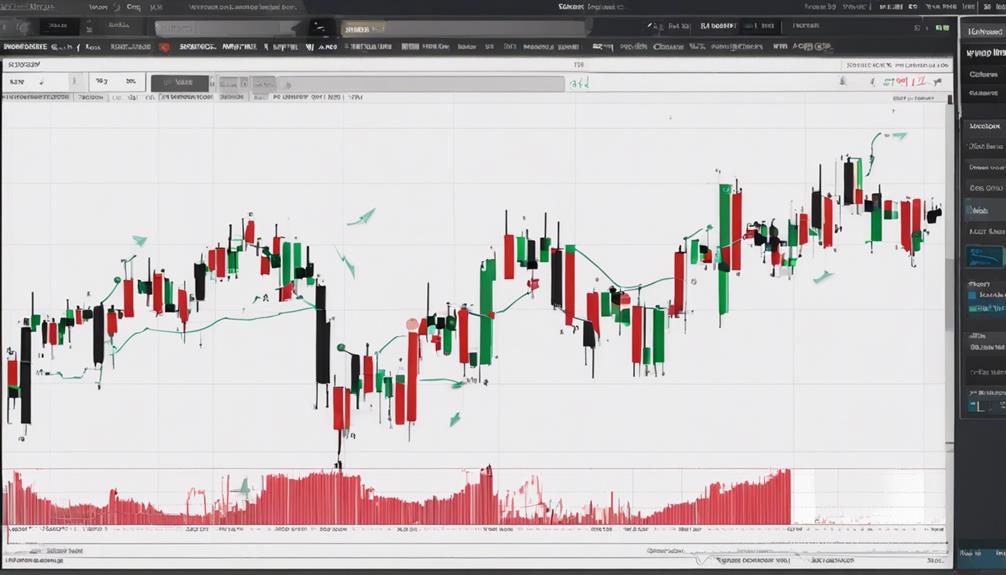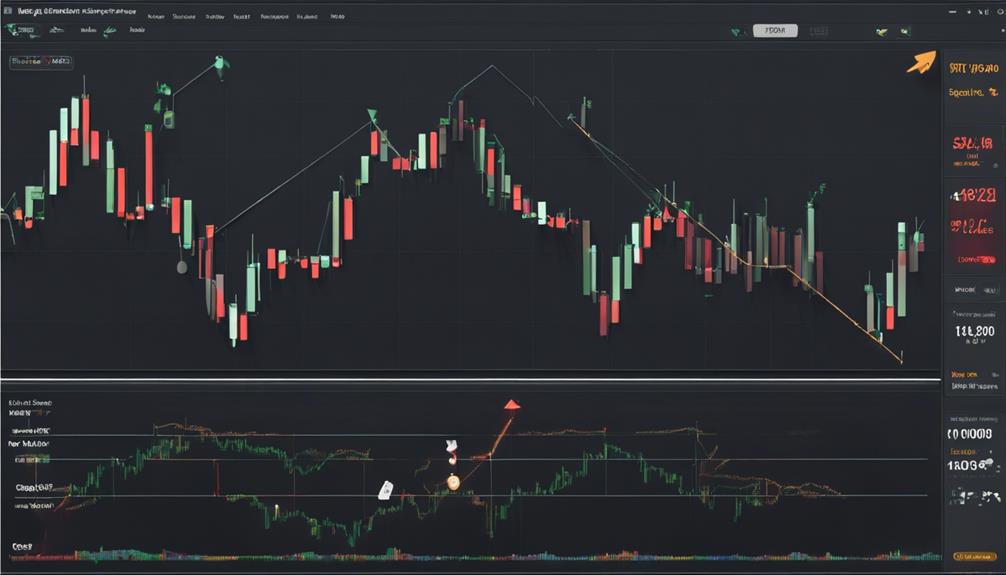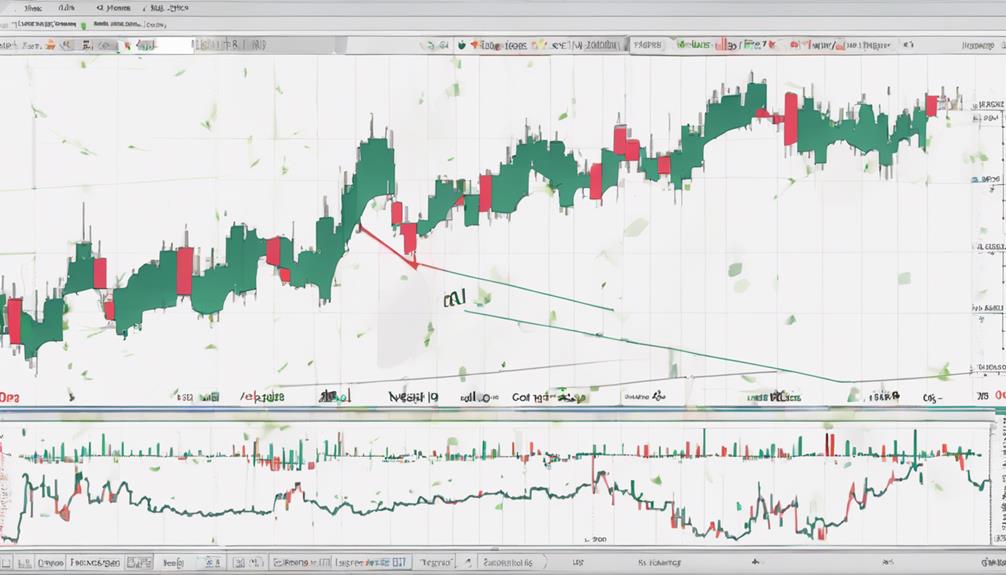Swing trading with the Zig Zag indicator can provide valuable insights into market trends and potential entry points for trades. By following a structured approach of five simple steps, traders can enhance their decision-making process and improve their overall strategy.
The utilization of the Zig Zag indicator as part of a swing trading methodology offers a systematic way to analyze price movements and identify potential opportunities for profit. Implementing these steps can help traders navigate the complexities of the market and make informed decisions based on technical analysis and trend identification.
Understanding the Zig Zag Indicator
The Zig Zag indicator is a technical analysis tool utilized by traders to pinpoint significant swing highs and lows in a price chart. By filtering out minor price fluctuations, this indicator helps in identifying swing points and visualizing trend reversals.
It is retrospective in nature, analyzing historical data to highlight significant price changes and assist in understanding market structures such as double bottoms, head and shoulders patterns, and Elliott Wave counts. The Zig Zag indicator simplifies trend analysis by connecting points with lines, making it easier for traders to interpret chart patterns and enhance trade timing.
Traders often incorporate the Zig Zag indicator into their overall indicator strategy to improve their decision-making process and capitalize on market opportunities efficiently. Understanding the Zig Zag indicator's ability to filter out fluctuations and identify significant price movements is essential for traders looking to make informed trading decisions based on trend reversals and market structure.
Setting Up the Zig Zag Indicator

Configuring the Zig Zag indicator on trading platforms requires just a few straightforward steps. Traders can easily set up this indicator by locating it in the indicator list on their trading platform and adding it to the chart they are analyzing.
Once added, traders can adjust the settings of the Zig Zag indicator to customize its behavior according to their preferences. One crucial setting to consider is the percentage parameter, which determines the sensitivity of the indicator to price movements. Setting the Zig Zag indicator to a higher percentage will filter out minor price fluctuations, focusing on highlighting significant highs and lows in the market.
Additionally, traders can personalize the appearance of the Zig Zag indicator by changing its color or line style for better visibility on the chart. After the Zig Zag indicator is properly configured, traders can utilize it to identify potential swing trading opportunities based on the highs and lows it detects in the market.
Identifying Swing Trade Opportunities

In understanding swing trade opportunities, traders leverage the Zig Zag indicator to pinpoint strategic entry and exit points in the market. The Zig Zag indicator filters out minor price fluctuations, allowing traders to focus on significant price movements that indicate potential trend changes.
Swing trade opportunities often occur at swing highs and swing lows identified by the Zig Zag indicator, signaling possible entry or exit points for trades. To enhance the confirmation of swing trade opportunities, traders can combine the Zig Zag indicator with other technical tools such as moving averages or the Relative Strength Index (RSI). By integrating these tools, traders can validate potential trade signals and make more informed decisions.
It is essential to pay attention to price movements that are more substantial in nature, as these are more likely to represent meaningful opportunities for swing trading. By utilizing the Zig Zag indicator in conjunction with other technical tools, traders can effectively identify and capitalize on swing trade opportunities in the market.
Implementing Entry and Exit Strategies

Utilizing precise entry and exit strategies is essential for successful implementation of swing trading techniques. When incorporating the Zig Zag indicator into your trading plan, consider the following strategies:
- Identify Entry Points: Wait for the Zig Zag indicator to confirm a trend reversal before entering a trade.
- Utilize Swing Highs and Lows: Use the swing highs and swing lows identified by the Zig Zag indicator to make strategic entry and exit decisions.
- Implement Stop-Loss Orders: Place stop-loss orders below swing lows to effectively manage risk in swing trading.
- Combine with Technical Analysis: Enhance your analysis by combining the Zig Zag indicator with other technical tools for comprehensive entry and exit strategies.
Managing Risk and Maximizing Profits

To effectively navigate the dynamics of swing trading with the Zig Zag indicator, prioritizing meticulous risk management strategies while optimizing profit potential is paramount.
Utilize the Zig Zag indicator to set stop-loss orders below swing lows to manage risk efficiently. Identify swing highs using this tool to strategically place take-profit targets, maximizing profit potential.
Adjust the Zig Zag indicator settings to align with different market conditions and timeframes, ensuring optimal risk management. Enhance risk-reward ratios by combining the Zig Zag indicator with other technical analysis tools such as moving averages or Fibonacci retracements.
Implement trailing stop orders based on Zig Zag indicator signals to secure profits while allowing for potential further gains. By incorporating these strategies, traders can effectively manage risk and maximize profits in swing trading by utilizing the Zig Zag indicator's ability to identify trend lines, support and resistance levels, and key swing points with a high percentage of accuracy.
Can I Use the Zig Zag Indicator for Swing Trading?
Yes, you can achieve trading success with Zig Zag indicator for swing trading. This technical analysis tool helps identify support and resistance levels, making it useful for swing traders. By using the Zig Zag indicator, traders can make informed decisions and potentially improve their trading success.
Can the Zig Zag Indicator be Used for Swing Trading?
The best trading strategies with Zig Zag indicator are often used for swing trading. This technical analysis tool helps traders identify trend reversals and potential entry and exit points. By using the Zig Zag indicator, swing traders can pinpoint opportunities to buy on dips and sell on peaks within the market.
Can the Zig Zag Indicator be Used for Swing Trading as Well?
Yes, the zig zag indicator for day trading can also be used for swing trading. Its ability to identify trend changes and momentum shifts makes it a valuable tool for swing traders looking to enter or exit positions at optimal times.
Frequently Asked Questions
How Do You Trade With a Zigzag Indicator?
To trade with a Zig Zag indicator, identify trend reversals and support/resistance levels. Connect swing highs and lows to spot patterns and trends. Enhance analysis by combining the indicator with other technical tools for effective swing trading strategies.
What Is the Best Setting for Zigzag?
To determine the best setting for the Zig Zag indicator, traders typically consider a percentage change between 5% and 10%. This range allows for flexibility in filtering market noise and accentuating significant price shifts, catering to individual trading styles and risk preferences.
What Is the Zigzag Line Strategy?
The Zigzag Line Strategy involves utilizing the Zig Zag indicator to pinpoint significant price swings in a trend, aiding traders in identifying potential trend reversals and precise entry points for swing trading strategies.
What Is the Best Value for the Zigzag Indicator?
Determining the optimal value for the Zig Zag indicator involves balancing the trade-off between capturing price movements and filtering out noise. Traders often experiment with values between 5% and 10% to suit their preference for signal frequency and trend clarity.
Conclusion
In conclusion, mastering swing trading with the Zig Zag indicator requires a deep understanding of its purpose and practical application. By following the five simple steps outlined in this article, traders can effectively identify trends, execute trades, and manage risk for optimal results.
Embrace the power of the Zig Zag indicator with confidence, as it can be a game-changer in your trading strategy.
